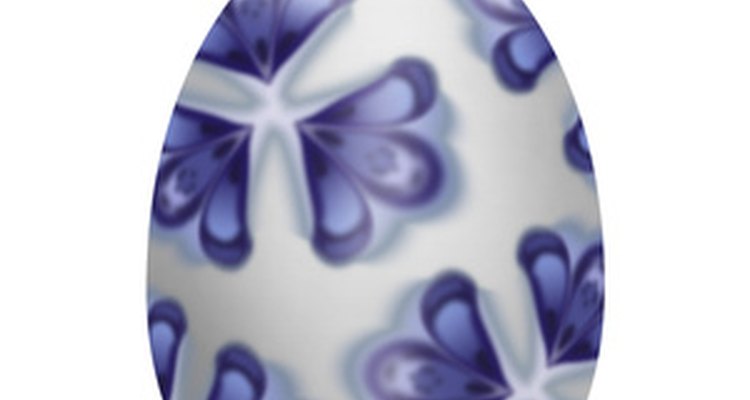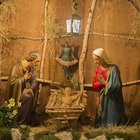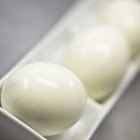
Similar to the tradition of dying eggs at Easter, cascarones, also known as confetti eggs, are believed to bring good fortune or luck to the recipient of the egg.
Meaning and History
In Spanish, cascaron or cascara which means “egg shell.” The yolk and white are drained from the egg through a small hole made on one side. The shell is then washed and dried prior to being painted and filled, then reglued before its use. Some believe that Marco Polo brought the tradition of the cascarón from Asia to Spain and Mexico; however, the exact origins of the cascarón are not known.
Purpose
The hollowed out eggs are filled with confetti or small toys. After decorating the cascarón, it is thrown or crushed over another person’s head to bring good luck.
Use
Cascarones are used at Easter, birthdays, weddings and other celebrations, such as the 5th of May (Cino de Mayo) and the Day of the Dead on November 2. Cascarones have also become common for feistas or carnivals in the United States, particularly in the southwest due to the influence of Mexico.
Symbolism
A cascarón, although believed to bring luck, is also believed to represent Jesus’ resurrection from the tomb, just as a baby chick breaks through its shell.
Related Articles

Where Did the Custom of Easter Baskets ...

What Is Indian Flat Bread Called?

Hawaiian Traditional Gifts
How do I Keep Scrambled Eggs From ...

What Are Some Examples of Unleavened ...

How to Celebrate St. Joseph's Day

What Does a Purple Iris Symbolize?

How to Make Salted Egg
How Long After I Cook Hard-Boiled Eggs ...

List of Wild Edible Plants & Berries in ...

How to Make Quick Easy Egg Salad

Traditional Iraqi Wedding Gifts

How to Devein Tiger Prawns

What Are Yellow Grits?

How to Store Cracked Eggs in ...

What Happens When an Egg Cracks While ...

Vegan Coconut Macaroons

Reasons to Get a Nose Ring
How Long Before a Hard Boiled Egg Goes ...

What Feathers Mean to the Cherokee
References
Resources
Writer Bio
Andrea Helaine has a Bachelor of Philosophy in theology and is currently finishing her thesis course for a Master of Fine Arts in creative writing. Helaine has been writing professionally for over 10 years and has been published in several anthologies and is currently breaking into the screenwriting market.
Photo Credits
easter egg image by ivan gusev from Fotolia.com